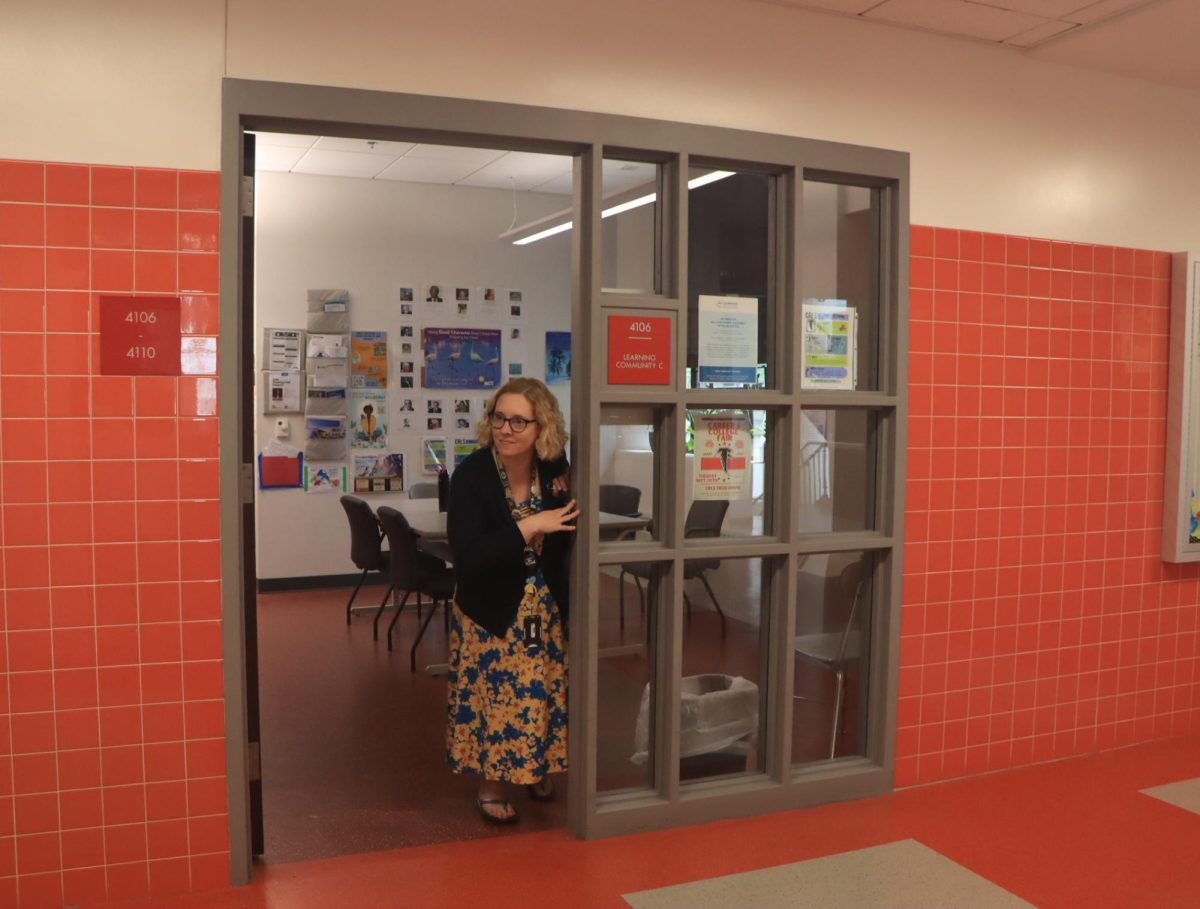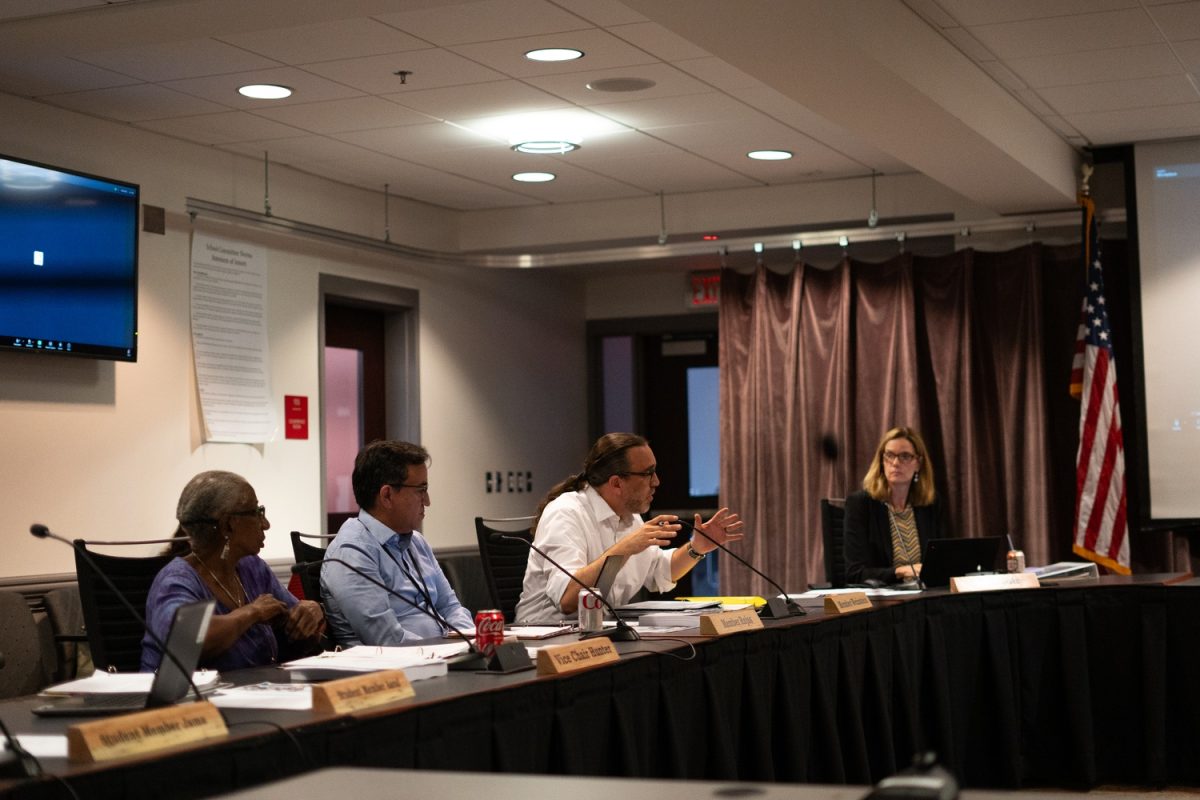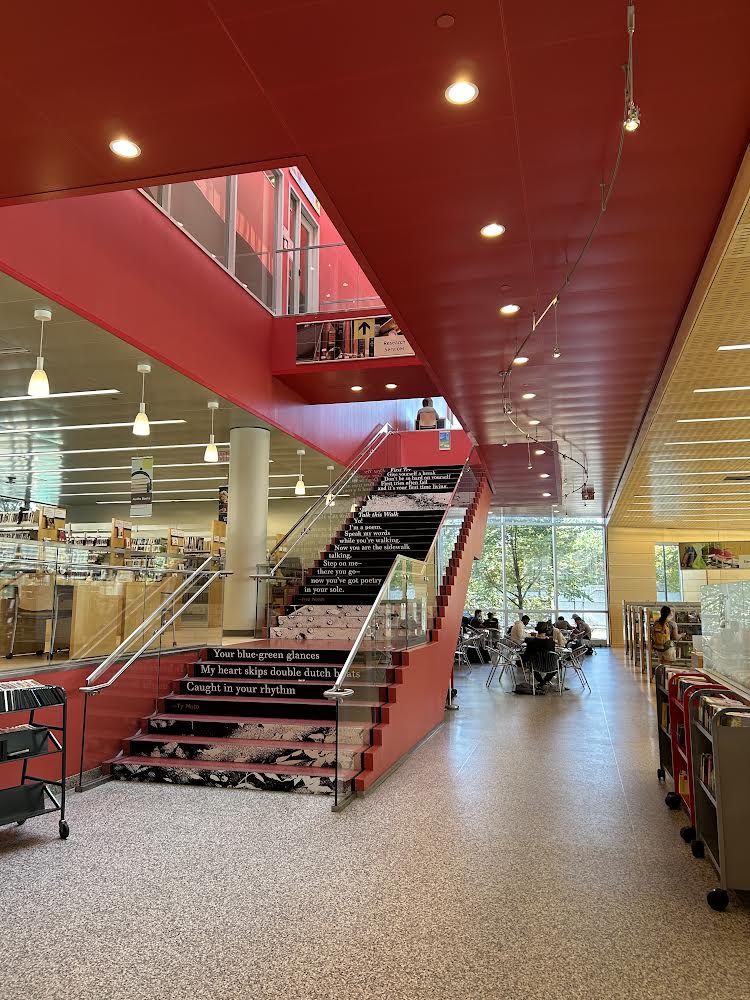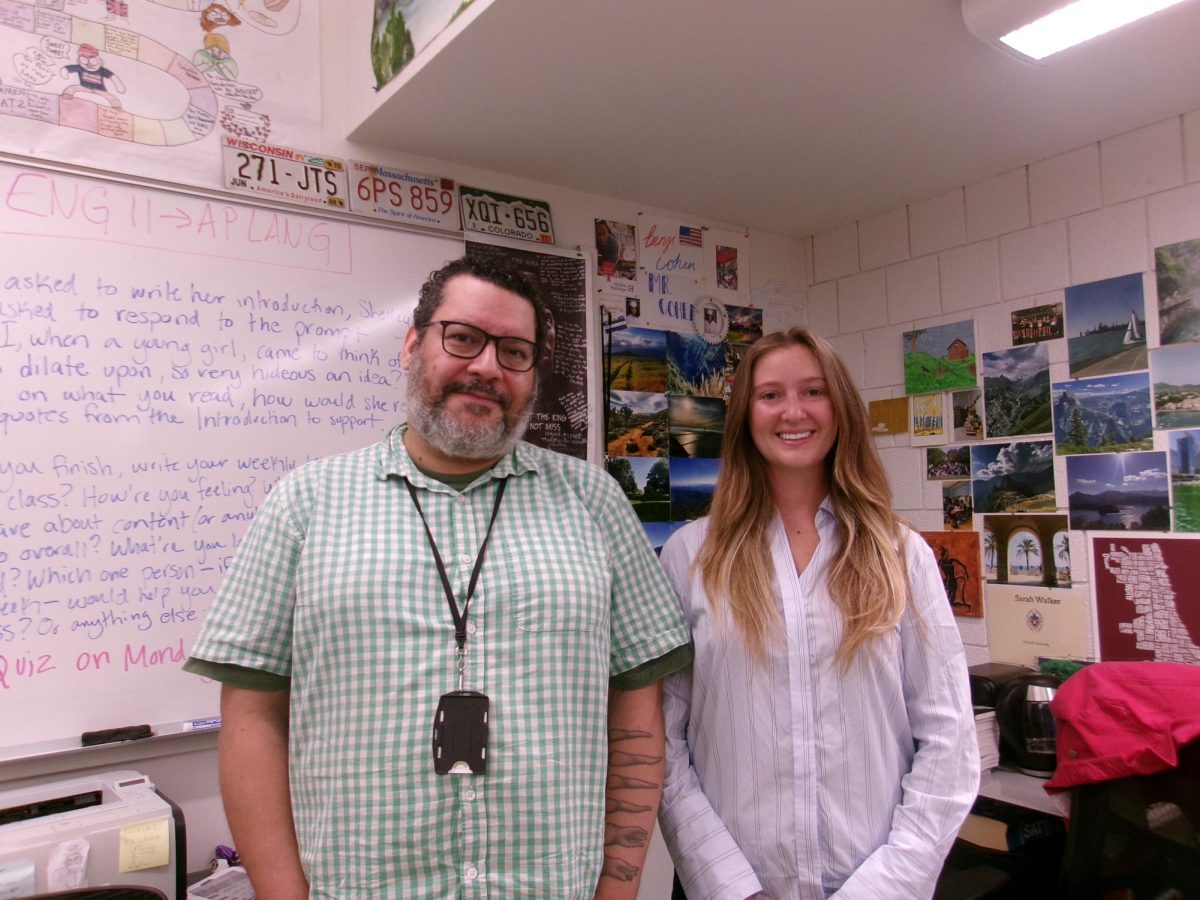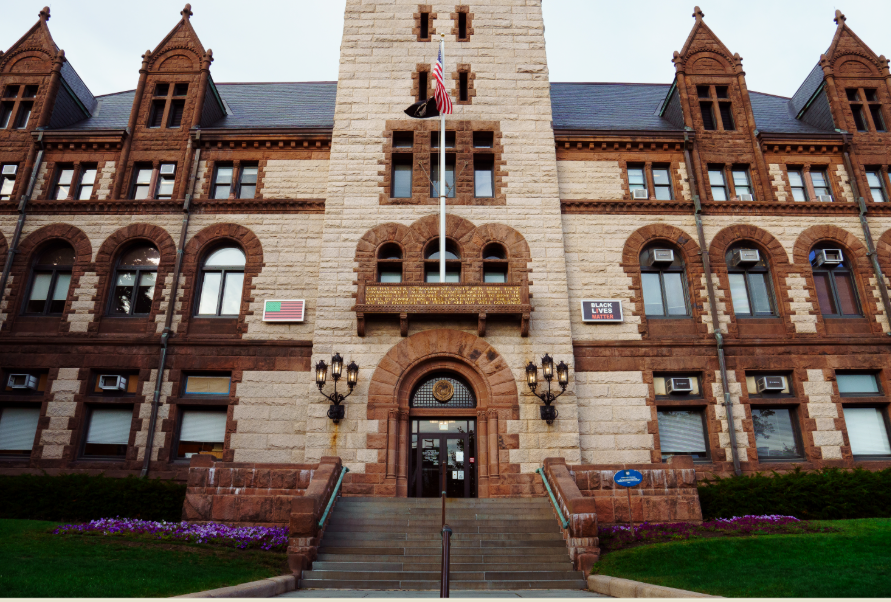The School Climate Survey, an effort initiated by the school district to better understand the feelings towards the school by district staff, teachers, students, and parents, took place a month ago. It can be hard to get people excited about taking a survey that won’t result in any immediate substantial change, but the district was proud of the 136 district members, 1,013 teachers, 1,632 students and 2,985 families who opted to fill it out, as was Shahria Basiria ’25, who articulated, “I think it’s great that CPSD is actively seeking out the opinions of students, teachers, and caregivers.”
While all four questionnaires asked about the school climate, there were additional variations between each demographic. In regards to school climate, the district officers, teachers, and students (from 6th to 12th grade) all ranked it, on average, at 50% favorable. Families were the only outlier, ranking it at 73% favorable. Families then evaluated the school’s engagement level at 80%, though it can be tough to use that valuation as a reliable determination of the school’s actual quality of engagement, given that of the 68% of families that responded, at least half are making over $100,000 a year, English is their first language, are white, and are not receiving IEPs. These stats are not reflective of Cambridge’s true diversity and exposes an inherent problem with surveys; they reach the people who have the means to respond.
Diving deeper, among the district staff and teacher response regarding their optimism for the district’s future, the former averaged out to a 34% favorability ranking. Teachers, while less involved in district planning, averaged out to a 50% favorability. This correlates to those same officers giving a 27% favorability rating when asked about the positivity of their working environment, with a slightly higher rating of work site positivity of 50% from teachers.
The worst average ratings by far were for questions pertaining to feedback and coaching, asked to members of the district and to teachers. Both resulted in a rating just under 30%. It is no secret that teachers want to receive district evaluations more often, but it was shocking to see members of the district itself respond similarly. Equally shocking, students gave a 20% rating when asked about the impact of other students on their learning. Evidently, classroom setting matters and the learning environment is just as important as the material being taught. However, students did respond positively regarding teachers’ impact on their learning, with favorability ratings averaging just under 70% in regards to classroom rigor. Given that 97% of teacher respondents said that their work matters a significant amount to them, the district won’t have to be worrying about those particular relationships anytime soon.
This survey proved that the school district has a lot to work on. Too often are surveys given to those it’s claiming to help, with either no or few steps taken afterward to respond to the feedback. Surveys are the first step to creating change, not the only step.


